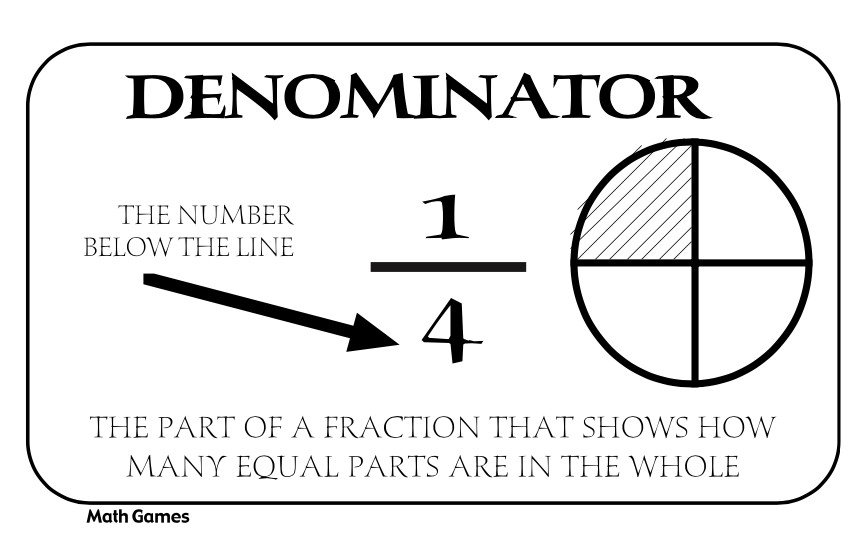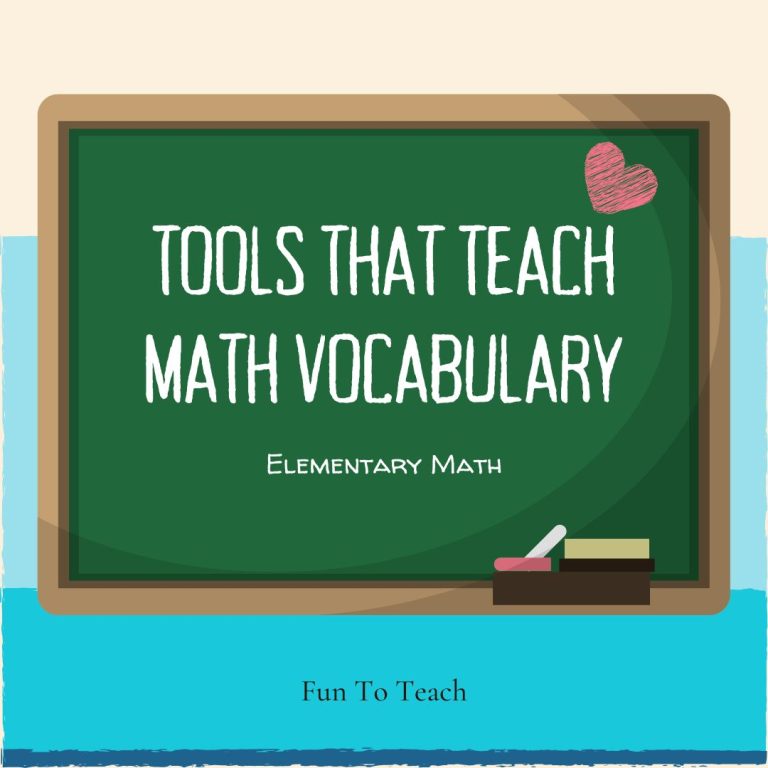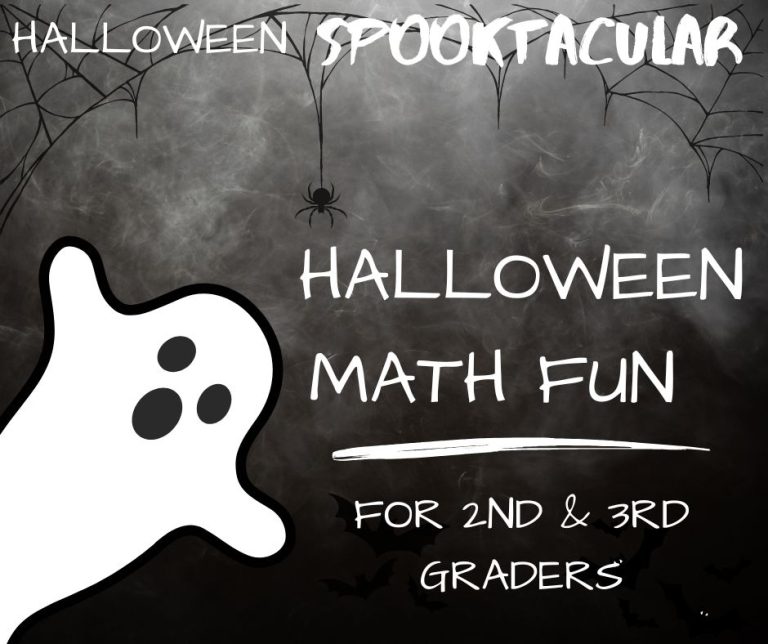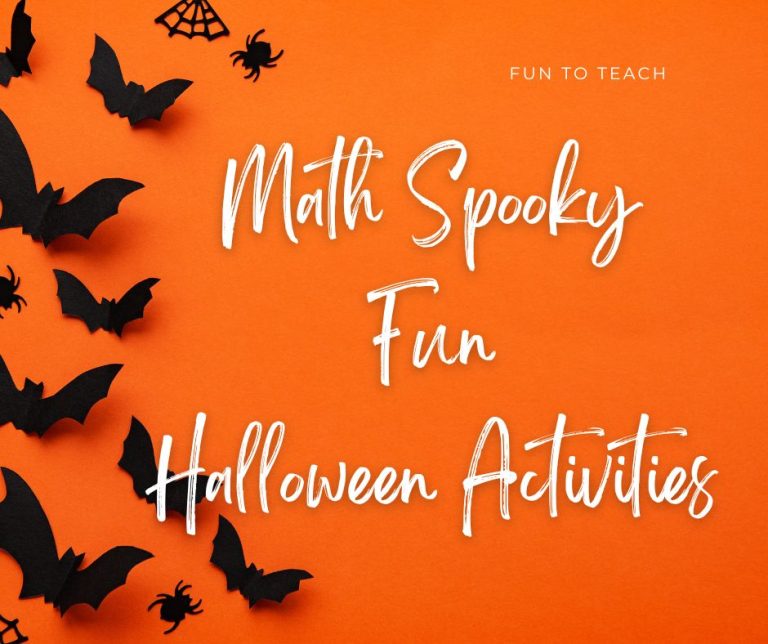We all want to increase our math instructional strategies that will increase comprehension in English language learners. I want to share some of the math strategies I have used and are tried and true methods that stand up over time.

Integrate the four language modes (listening, speaking, reading, writing) into Math class.
Model the process. Talk aloud while solving problems on the overhead or chalkboard to show the thinking process and common errors.
Have students explain their thinking process aloud to a classmate while solving a problem.
Integrate reading and writing through the use of journals, learning logs, poems, literature, etc.
Give explicit instruction and practice in reading and writing word problems. Teach students to identify key words in word problems that indicate a certain mathematical operation.
Begin class with warm-up activities using mathematical language to give students practice in sentence construction.



Write a cloze exercise (a short paragraph with key words missing) or sentence starters (i.e., Perimeter is the…) on the board for students to copy and complete when they enter class.
Give students a computation problem to solve, and then have them write the steps they used to solve it in complete sentences.
Post labels and vocabulary cards around the classroom on completed word problems, number lines, rulers, fraction diagrams, and/or objects in the class.
Have students paraphrase and write complex concepts in their own words (individually, pairs, or whole class).
Review mathematical vocabulary and concepts using games such as TIC TAC TOE, BINGO, Concentration, Charades, etc.





Use a Variety of Modes of Instruction
Design multi-sensory lessons (visual, auditory, tactile, kinesthetic).
Use visuals whenever possible to reinforce auditory instruction (i.e., charts, graphs, manipulatives, diagrams, models, real objects).
Use graphic organizers to visually represent mathematical concepts.
Design hands-on activities.




Vary groupings throughout the lesson (i.e., independent work, pair work, small groups, whole class).
Use real-life problem-solving situations to teach new concepts.
Make interdisciplinary connections whenever possible.
Happy Teaching!

CLICK HERE TO SEE ALL OUR MULTIPLICATION RESOURCES, GAMES AND ACTIVITIES!
Looking for time-saving tips and tricks for teaching math and ESL? Sign up for my email newsletter to get free teaching resources and helpful strategies right in your inbox! Click here to sign up.
Check out my TPT store for some great
math vocabulary products, too! Click here!



